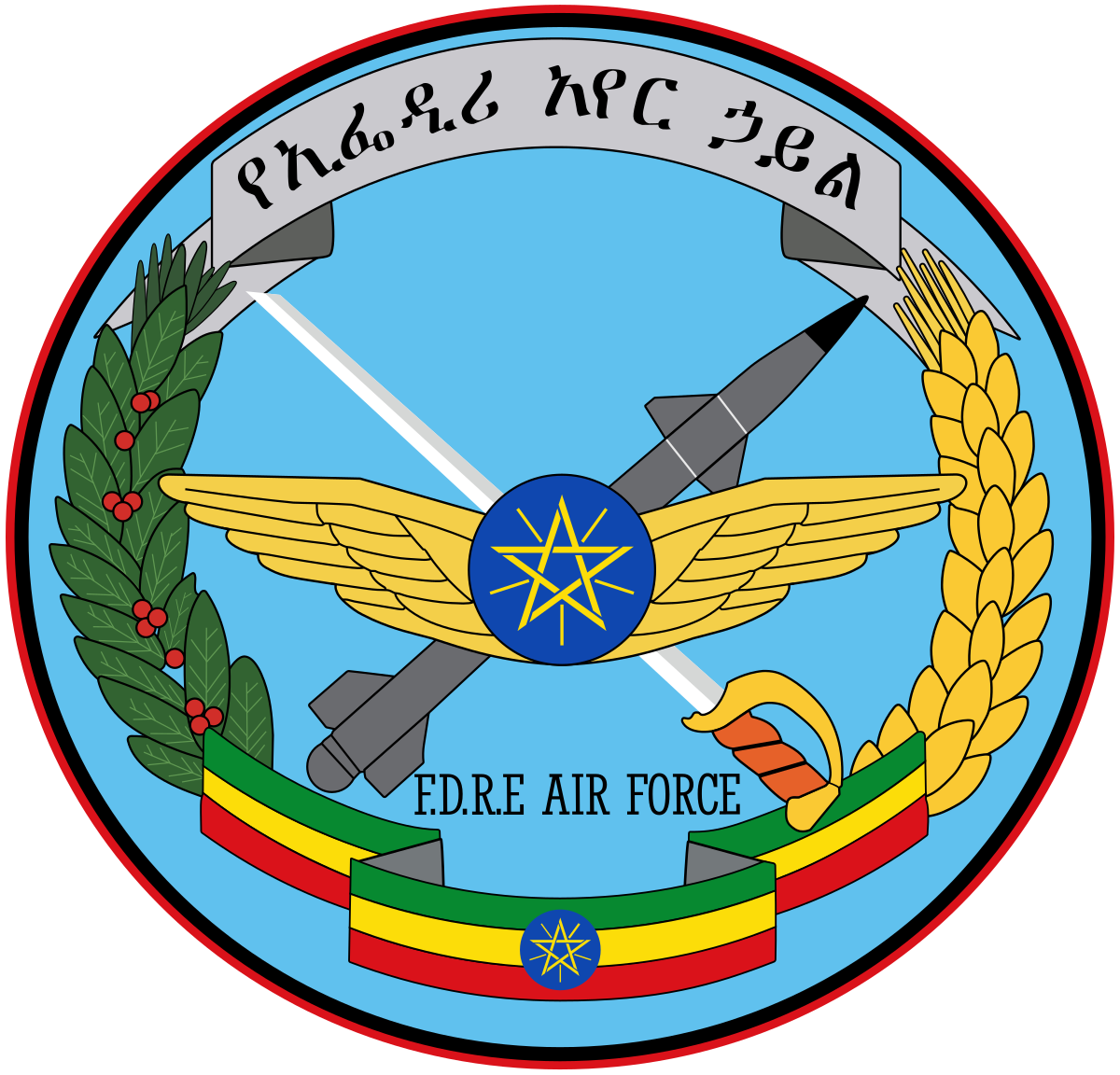Naio90
Federal Republic of Ethiopia
- Jul 1, 2018
- 4,383

PILOT TRAINING - F-16 C/D _________________________________________________________________________ |
| Status: Private |
| With the objective of keeping a highly skilled and trained corps of fighter pilots, the Ethiopian Air Force would create a training program to give its airmen the proficiency required to operate the recently acquired main fighter (F-16 C/D) in the most effective and efficient way possible. The pilots will undergo different stages, including simulator, thoretical training and different real life scenarios, increasing their flight hours considerably. The program would be done at the Bahir Dar Air Base and operate always on ethiopian airspace, and employ 20 of the available airframes, which would always be fully serviced and mantained for proper usage. 244 pilots would be selected for this program. |


